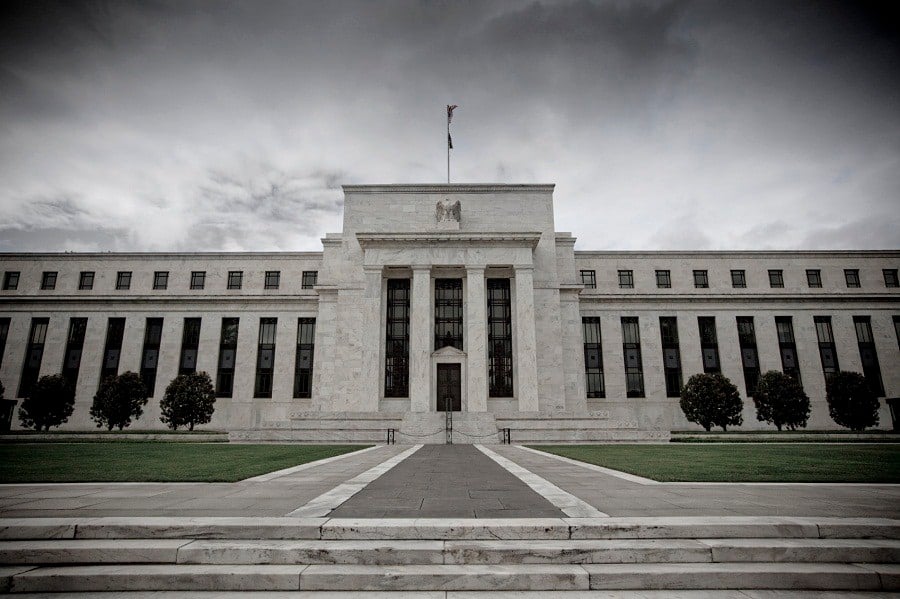

Federal Reserve officials are preparing to move quicker than the last time they tightened monetary policy in a bid to keep the U.S. economy from overheating amid high inflation and near-full employment.
Prospects for another year of growth above the economy’s speed limit with inflation already strong — along with a larger balance sheet that’s suppressing longer-term borrowing costs — “could warrant a potentially faster pace of policy rate normalization,” minutes from the Dec. 14-15 Federal Open Market Committee meeting said Wednesday.
Financial markets interpreted the comments as unequivocally hawkish. Traders raised bets on an interest-rate hike as soon as March to around an 80% probability, while the S&P 500 stock index slumped 1.9% at the close, the biggest drop in more than a month.
Officials also saw the timing of reducing the $8.8 trillion balance sheet as likely “closer to that of policy-rate liftoff than in the committee’s previous experience,” according to the minutes. JPMorgan Chase & Co. economists expect that process to begin in September
The details of the Fed’s pivot toward more aggressively fighting inflation suggested it will show greater urgency and agility than the gradualism of the past. They also indicated a desire to smash market perceptions that the central bank is losing its grip on surging prices.
The 5.7% annual increase in the Fed’s preferred inflation gauge in November overshot officials’ 2% target for the ninth consecutive month, toppling their earlier predictions that prices would moderate as supply-chain issues resolved.
Meanwhile, a government report Friday is forecast to show the jobless rate fell in December to a new pandemic low of 4.1% — figure near what Fed officials view as consistent with maximum employment.
“They are fighting a different battle on this exit,” said Priya Misra, global head of rates strategy at TD Securities in New York. “They are telling us why: It is inflation and it is also that we are closer to full employment.”
Chair Jerome Powell and other officials are set to address the outlook over the next week, ahead of their Jan. 25-26 meeting where they could signal the likelihood of a March move. Policy makers have yet to give detailed remarks on how they view the impact from surging Covid-19 infections related to the omicron variant.

Relationships are key to our business but advisors are often slow to engage in specific activities designed to foster them.

Whichever path you go down, act now while you're still in control.

Pro-bitcoin professionals, however, say the cryptocurrency has ushered in change.

“LPL has evolved significantly over the last decade and still wants to scale up,” says one industry executive.

Survey findings from the Nationwide Retirement Institute offers pearls of planning wisdom from 60- to 65-year-olds, as well as insights into concerns.
Streamline your outreach with Aidentified's AI-driven solutions
This season’s market volatility: Positioning for rate relief, income growth and the AI rebound
